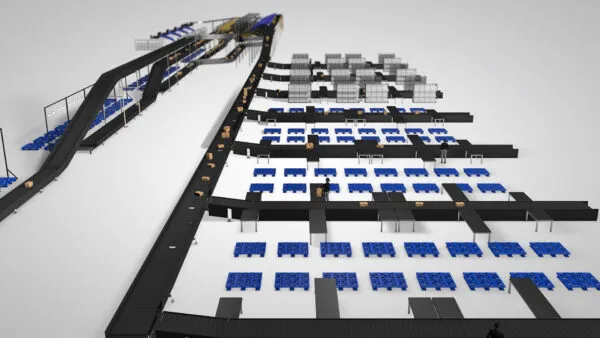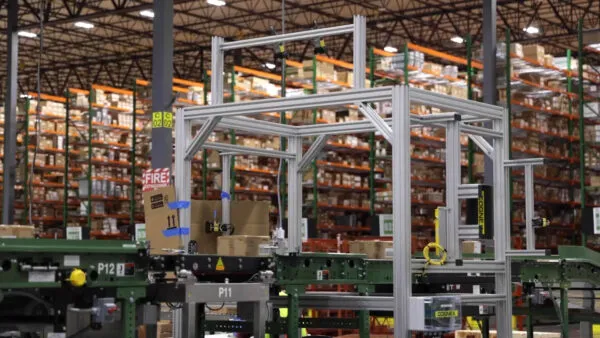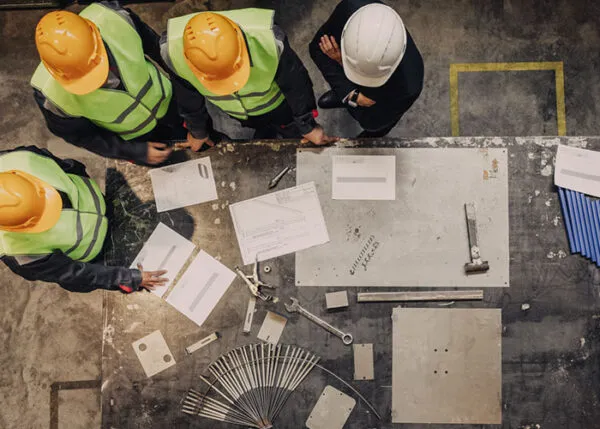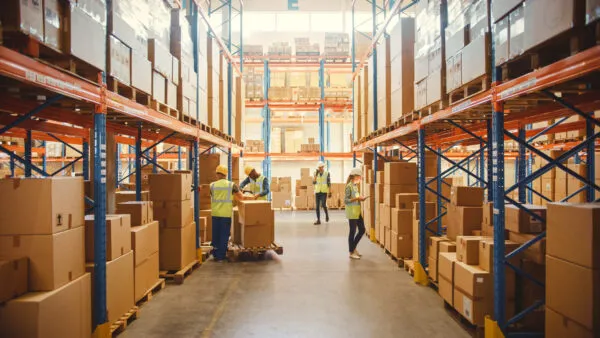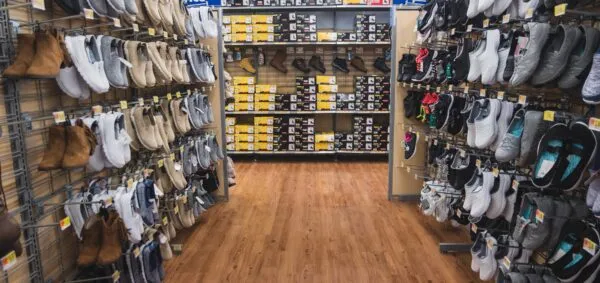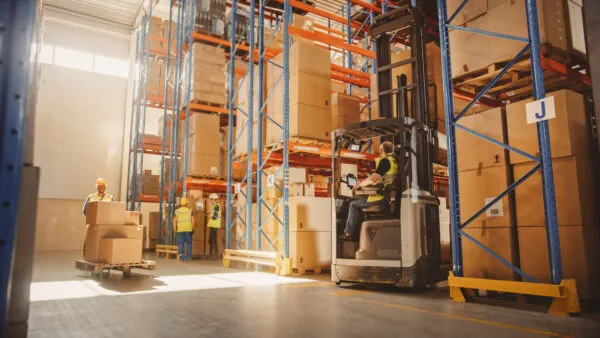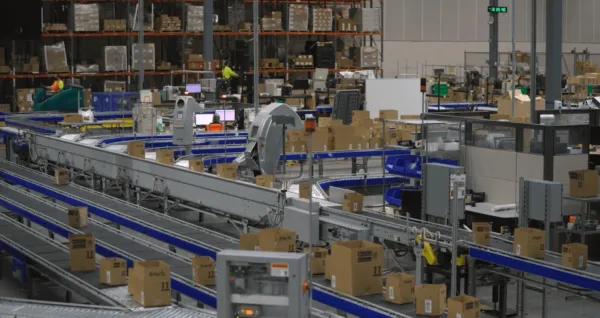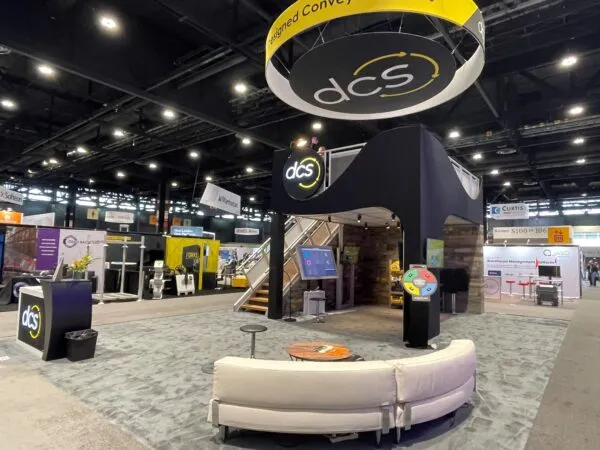This site is protected by reCAPTCHA and the Google Privacy Policy and Terms of Service apply.
Key Considerations for Successful Automation Controls Design
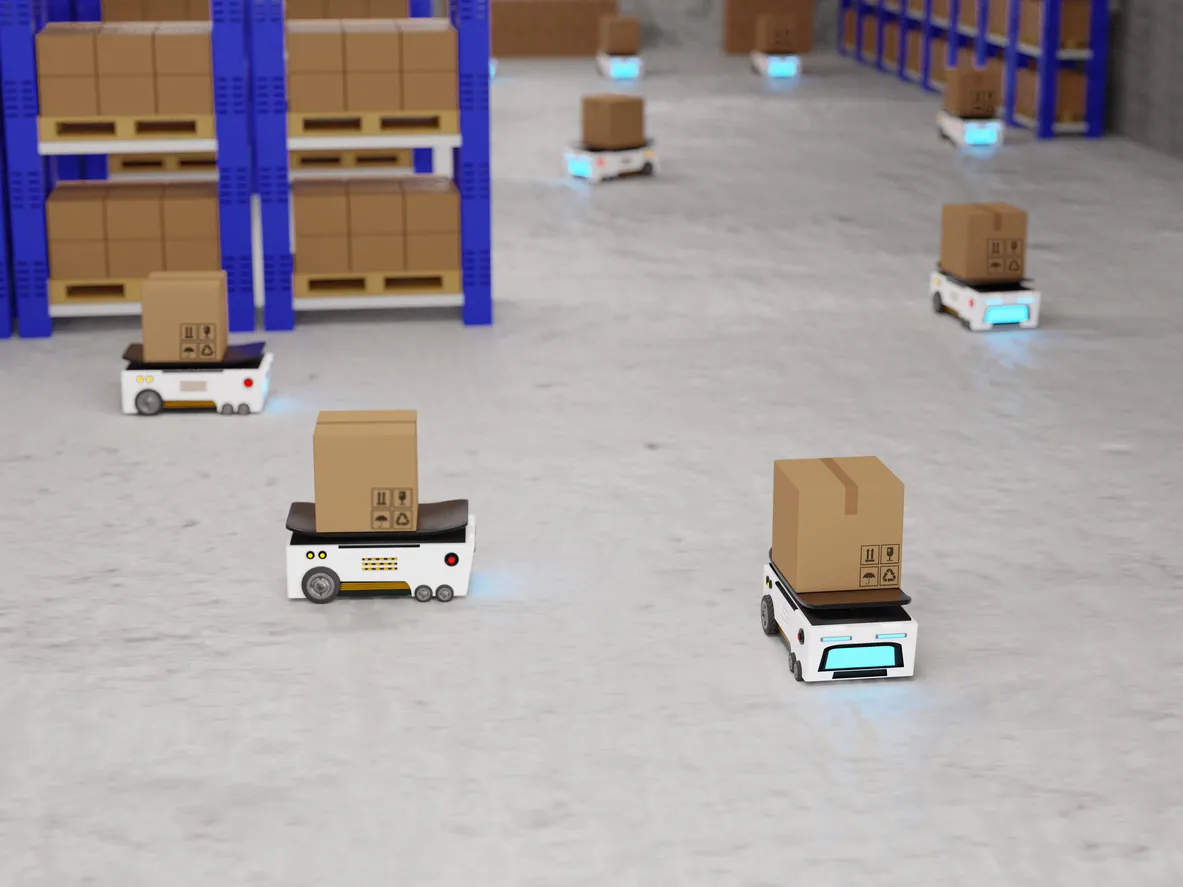
More e-commerce, distribution center (DC), and parcel handling operations are deploying automated systems to more efficiently drive the flow of inventory and packages through their facilities. Technologies like conveyors, sorters, palletizers, automated storage and retrieval systems (ASRS), autonomous mobile robots (AMRs), and automatic guided vehicles (AGVs) can absolutely increase an operation’s throughput and productivity. That is, as long as there’s a properly engineered and correctly installed control hardware system in place.
While it’s not essential for the owner or operator of a prospective automated system have a detailed understanding of the controls package and its function, there are a few questions to ask your supplier about these critical components. Keep these key considerations in mind when assessing control systems design and automation to ensure a successful, high-functioning system that maximizes uptime.
Does the controls design balance the required functionality with adequate flexibility?
The optimal control systems design and automation implementation ensures smooth, reliable equipment operation. It also delivers the required functionality specified by the system’s owner. To achieve that goal, it’s important to clearly outline the parameters of the application with the systems integrator and controls engineer.
A right-sized controls package should meet those parameters while still allowing a reasonable amount of flexibility. Design best practice is to leave roughly 15% to 20% of available space within the controls design. This accommodates the near-term addition of more drives or motors, for example, without taking up too much physical space.
That said, it’s also important to cast an eye toward the future. If a significant facility expansion is expected within the next three to five years, share that expectation with the systems integrator and controls engineer. Building in some additional controller capacity — or leaving empty space for additional electrical panels and cabinets to support anticipated growth — is likely to be more cost effective if it’s included in the current design. Otherwise, it might be challenging and significantly more costly to expand the controls to support an expansion at a later date.
Is the controls package overly complicated?
On the other end of the spectrum of designing controls that balance capacity and functionality controls are systems that incorporate too many features. The more functionality designed into the control systems design and automation package, the more complicated the system becomes. With that comes both increased expense and additional challenges in maintaining and operating the system.
It’s true that some operations may need more complicated controls. But, after nearly 30 years as a controls engineer, I’ve seen some incredibly intricate controls that were excessively over-designed for what the operation sought to accomplish. Further, those facilities were not large enough to staff the in-house expertise needed to maintain such a complex system or troubleshoot errors. Because outside help was required, they were prone to extended periods of downtime.
For example, consider a smaller operation looking to replace employees pushing carts of cartons from point A to point B with a transport conveyor to do the same thing. The controls for that are relatively simple. Yet the controls engineer might suggest adding a sensor device that counts the cartons as they pass. Even though the project parameters didn’t call for that functionality, the system’s owner agrees to it.
The sensor works great — as long as there’s a gap in between each carton. But since the system didn’t call for a singulator, sometimes the cartons cluster together on the conveyor, with no gaps. Whenever these situations occur, the sensor interprets the collection of cartons as a jam and sends an error message that triggers the line to stop. The operation that didn’t need a carton count now has one; a system that creates repeated downtime.
Ultimately, simplicity is the best policy when it comes to controls. Therefore, it’s important to verify that the proposed control systems design and automation package doesn’t overly complicate the intended process.
How is safety accounted for in the controls design?
Consider the need for safety devices — such as sensors, light curtains, interlocks, emergency stops, and more — in key areas of the automated system. The controls design should integrate protective devices in areas where personnel will be interacting with equipment.
It’s important that the controls designer works with the operation’s owners and managers to determine which areas within the system pose the highest risk to workers. Work together to perform safety risk analysis for each zone of the operation and confirm the presence and functionality of different safety devices as part of the controls package.
That said, balancing safety with productivity is often a key concern for many operations. While the moving machinery within an automated system must be properly guarded, it is also frequently interconnected. That means if an interrupted light curtain triggers one piece of equipment to stop, other equipment might likewise be affected. Be sure to work with a controls engineer who can create a system with safety devices that protect employees without hampering operational productivity.
What level of controls experience do the installers have?
The implementation of the controls package for an automated material handling system simply isn’t a job for the electrician shop around the corner. A poor installation can ruin the simplest, safest, and most user-friendly automation controls design.
I’ve seen shoddy workmanship that resulted in damage to wiring when too many cables were forced through a single piece of conduit instead of using a larger (or second) piece. I’ve also observed code violations that resulted in failed inspections. In both of these examples, the project suffered significant delays waiting for the problems to be corrected.
While both of those scenarios are bad, at least they were caught prior to go-live. Sometimes the impact of a poor controls installation isn’t detected until the system is operational and an intermittent problem pops up. Finding where the fault lies within the controls or wiring can be a major and expensive undertaking.
Fortunately, there are many reputable companies and contractors throughout the United States who specialize in proper controls installations. These installers are experts at executing systems that comply with building codes and other permitting requirements. Therefore, it’s important to verify the credentials and expertise of the controls installer to ensure a safe, timely, and correct installation.
Need more guidance on automation controls from an automation and controls integrator? Connect with us to learn more about how DCS designs and engineers right-sized controls for a range of automated systems in multiple industries.
AUTHOR:
Mike Proctor
Controls Engineering Consultant
michaelp@designedconveyor.com
